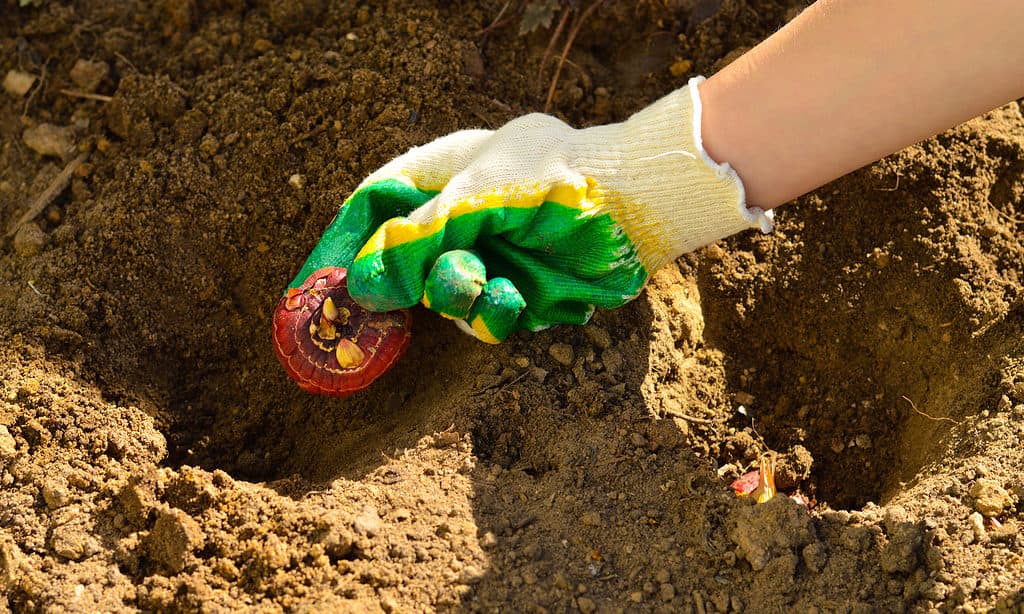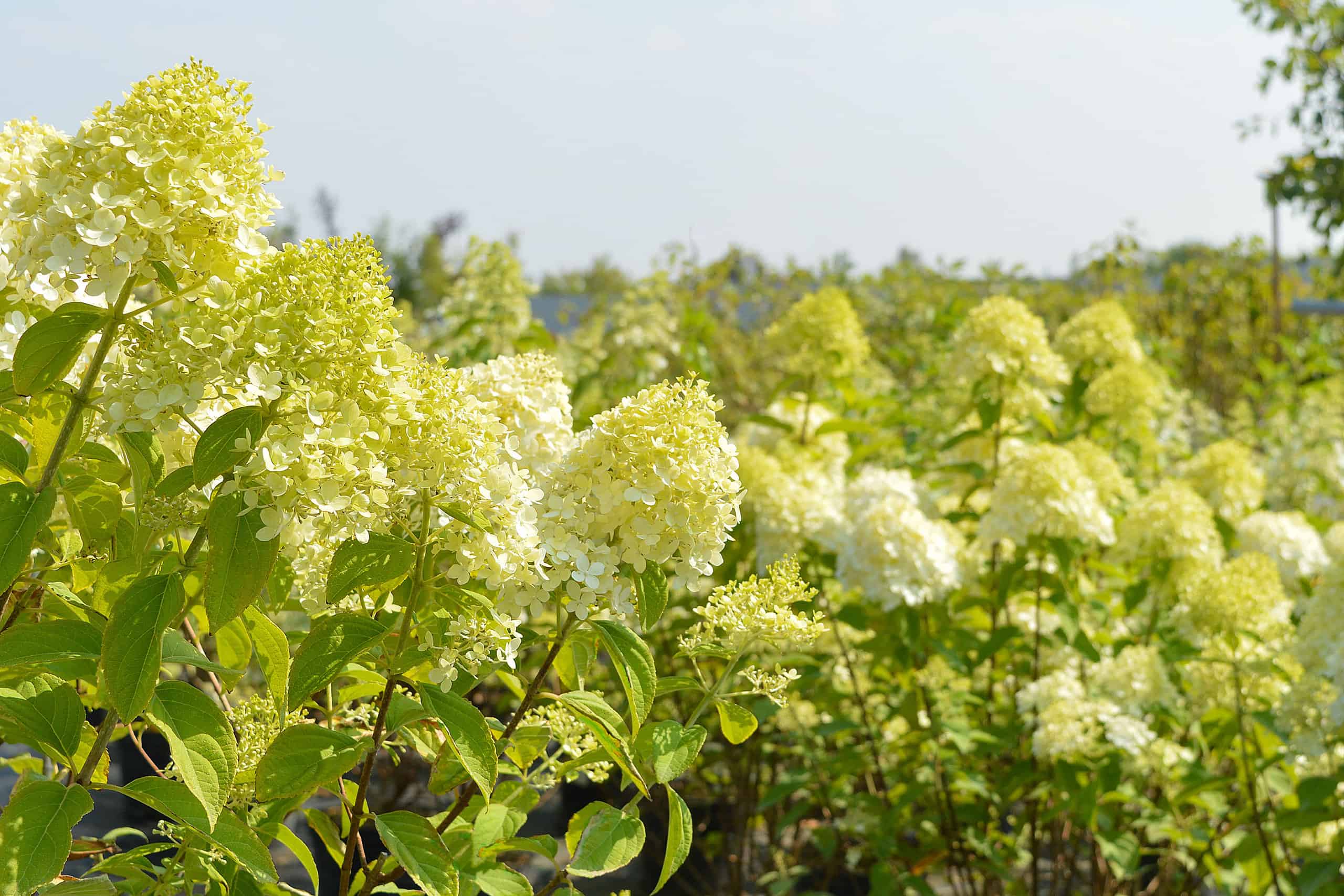Before we delve into the best time of year to plant shrubs and bushes, let’s take a moment to appreciate the importance of plants and their benefits for all living beings.
You may have come across numerous articles about plant kingdoms, and you might have noticed that many of them cover the same ground on the best time of year to plant, and you might wonder, what sets this article apart?
My Experience in Gardening
This article draws exclusively from my lifelong gardening experience, starting from my childhood. Despite encountering multiple gardening setbacks, each failure imparted a valuable lesson. What you are about to read represents just a fraction of the wisdom that I have gained over my 20-year gardening journey, which ultimately yielded successful results. This adventure, though modest in scope, brims with organic, nutrient-rich knowledge to help you commence your plant endeavors.
Incredible Nature
You see, a significant portion of our diet includes vegetables, greens, and fruits that originate from plants and trees. Our bodies require the energy and nutrients from these sources to sustain life. The saying ‘Plan before you plant’ exists because all plants have specific growth needs. They play a crucial role in soil protection and the enhancement of soil life, fostering the growth of organic, nutrient-rich food. When these plants and trees reach the end of their life cycles, they decompose with the help of small organisms and bacteria, transforming into a substance known as ‘humus,’ which serves as nourishment for other living plants. Nature is truly remarkable!
The USDA Plant Hardiness Zones
On planet Earth, there are many geographical locations with different climatic conditions and seasons. Some locations experience harsher climates, while others experience milder climates. If you can figure out how a plant survives in a particular climate, it will be easier to plant it in a suitable climate.
Let’s take a look at the North American climate. The USDA Plant Hardiness Zones range from Zone 1 to Zone 13. Zone 1 is the coldest, and Zone 13 is the warmest.

The USDA Plant Hardiness Zone Map for the state of Tennessee.
©USDA / CC0 – License
Zone 1 to Zone 5
Zone-1: Alaska and the Canadian Arctic have this zone. The average annual minimum winter temperature ranges from -60°F to -50°F.
Zone-2: The northernmost parts of Canada and the United States have this zone. The average annual minimum winter temperature ranges from -50°F to -40°F.
Zone-3: Northern parts of Canada and the United States have this zone. The average annual minimum winter temperature ranges from -40°F to -30°F.
Zone-4: Central and northeastern United States and Canada have this zone. The average annual minimum winter temperature ranges from -30°F to -20°F.
Zone-5: Southern and western United States and Canada have this zone. The average annual minimum winter temperature ranges from -20°F to -10°F.
Zone 6 to Zone 10
Zone-6: Southern United States, Mexico, and Central America have this zone. The average annual minimum winter temperature ranges from -10°F to 0°F.
Zone-7: Southern United States and Mexico have this zone. The average annual minimum winter temperature ranges from 0°F to 10°F.
Zone-8: Southern United States, Mexico, and Central America have this zone. The average annual minimum winter temperature ranges from 10°F to 20°F.
Zone-9: Southern United States, Mexico, and Central America have this zone. The average annual minimum winter temperature ranges from 20°F to 30°F.
Zone-10: Southern United States, Mexico, Central America, and the Caribbean have this zone. The average annual minimum winter temperature ranges from 30°F to 40°F.
Zone 11 to Zone 13
Zone-11: Southern Florida, Hawaii, and the Caribbean have this zone. The average annual minimum winter temperature ranges from 40°F to 50°F.
Zone-12: Southern Florida and Hawaii have this zone. The average annual minimum winter temperature ranges from 50°F to 60°F.
Zone-13: Southern Florida and Hawaii have this zone. The average annual minimum winter temperature ranges from 60°F to 70°F.
Here are some links to learn more about the USDA Plant Hardiness Zone Map and Zones.
Best Time of Year to Plant Shrubs and Bushes
Understanding plant hardiness zones is important for both avid gardeners and beginners. It can help you choose plants that are likely to thrive in your area. However, it is important to note that the actual climate in a particular zone may vary from the average. For advice, always consult your local nursery or garden center.
The best time to plant a tree, bush, or shrub depends on the plant’s hardiness zone and the climate in your area. In general, it is best to plant trees, bushes, and shrubs in the spring or fall.
Spring: The soil is warmer, and there is more moisture available, which helps the plants establish their roots.
Fall: The cooler weather and warm soil reduce the risk of transplant shock.

Gladiolus corm is planted in the garden during the spring season.
©iStock.com/Irina Starikova
Preventive Measures
However, it is important to avoid planting trees and shrubs during hot, dry weather or periods of extreme cold. It is also important to choose a day that is not too windy or too sunny.
The best time to plant trees and shrubs is in the evening when the temperatures are cooler, and the sun is not as strong.
Climate
The best time to plant trees and shrubs depends on the climate in your area.
In cold climates, it is best to plant trees and shrubs in the fall. This gives the plants time to establish their roots before the ground freezes in the winter.
In temperate climates, it is best to plant trees and shrubs in the spring or fall. The spring is a good time to plant if you want the plants to have more time to grow before the summer heat, but the fall is also a good time to plant if you want the plants to have more time to establish their roots before the winter.
In warm climates, it is best to plant trees and shrubs in the fall. The summer heat can be too much for young plants. Therefore, It is best to wait until the weather cools down before planting.

Limelight Hydrangea Plants are best planted in the Fall.
©Mari_Piman/Shutterstock.com
Tips
- Ensure the soil drains well, and select a sunny location.
- Avoid planting trees and shrubs in areas that are prone to flooding or drought.
- Fertilize the plant according to the manufacturer’s directions.
- Ensure the plant’s survival by watering it regularly.
- Prune the plant as needed to maintain its shape and size.
More Information
The 16 Best Shrubs to Plant in Texas (From Evergreen to Deciduous!)
11 Best Shrubs to Plant in California (From Flowering to Evergreen!)
14 Best Shrubs to Plant in Florida (From Flowering to Evergreen!)
Alabama’s Planting Zones – Plus 13 Keys To Keeping Flowers, Shrubs, and Trees Alive
Discover Missouri’s Planting Zones – Plus 12 Keys To Keeping Flowers, Shrubs, and Trees Alive
Conclusion
To conclude, plants, shrubs, and trees are essential to our planet and our lives. They provide us with oxygen, food, shelter, and so much more. In fact, they play a vital role in the ecosystem and help to regulate the climate. It takes a lifetime to understand the full importance of Plant Kingdom. We should all do our part to protect trees and plant new ones.
The photo featured at the top of this post is © Alina Demidenko/Shutterstock.com
Thank you for reading! Have some feedback for us? Contact the AZ Animals editorial team.






